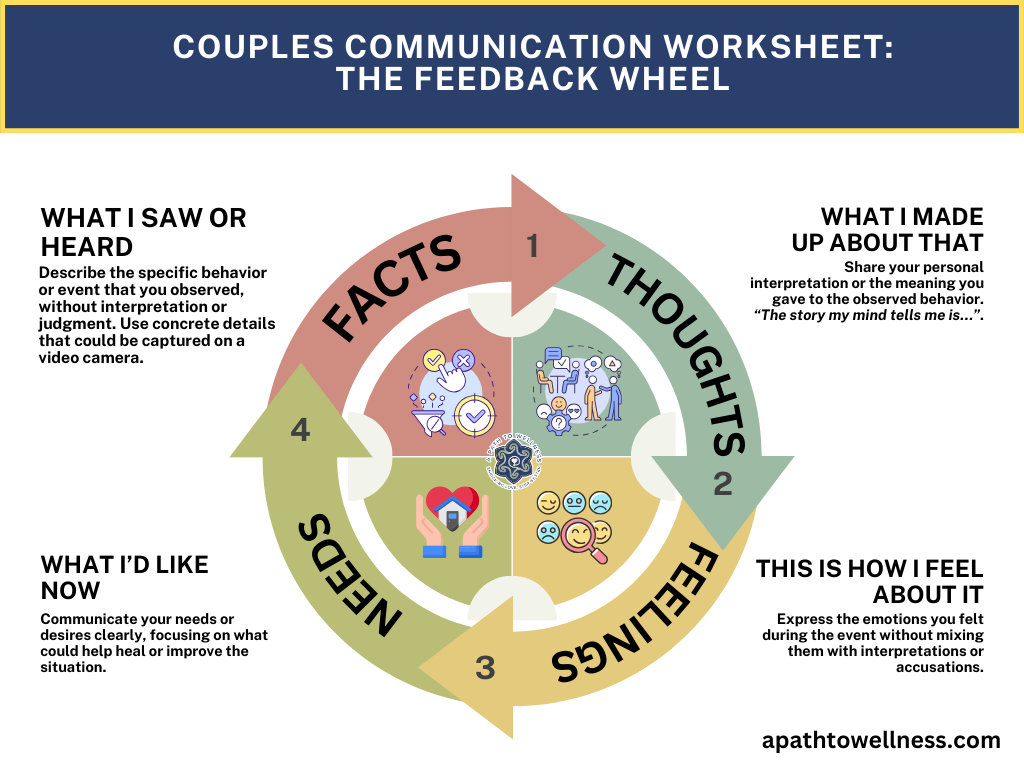In an exclusive exploration by David Hopper on Giddy, renowned sex therapist Dr. Tom Murray takes center stage, unraveling the intricate dynamics of managing erectile dysfunction (ED) through strategic choices in sexual positions. Delve into the profound insights shared by Dr. Murray as he guides readers through a transformative journey of intimacy, providing expert advice and innovative perspectives on navigating ED challenges.
Erectile dysfunction can stem from various causes, spanning physical ailments like hypertension and diabetes to psychological factors such as anxiety or depression. Regardless of the root cause, the choice of sex position can significantly impact the experience for those dealing with ED.
While the connection between sex positions and erectile function lacks conclusive evidence, insights from Susie Gronski, D.P.T., a men’s pelvic and sexual health specialist, suggest that some positions might be more accommodating for men with erectile dysfunction based on anecdotal evidence.
Best Sex Positions for Men with Erectile Dysfunction:
Achieving and maintaining an erection involves factors like blood flow to the penis. Positions requiring more physicality may divert blood flow away from an erection. Tom Murray, Ph.D., a sex therapist, emphasizes that successful positions depend on the type of erectile dysfunction a man experiences.
Missionary Position:
The classic missionary position, with the man on top, allows for a 90-degree angle of penetration. According to Dr. Murray, this position fosters emotional connection and eye contact, potentially easing anxiety and promoting a stronger erection. However, it requires upper body strength.
Doggy Style:
Doggy style, with the receiving partner on all fours, enables the man to thrust while engaging pelvic muscles. Dr. Murray suggests that watching the penetration can be stimulating, aiding in maintaining an erection. “It will be advantageous for the person with ED in this situation to have total control over their penis. By continuing to squeeze the base during the exercise, they may restore stimulation.” – Tom Murray, Ph.D.
Reverse Cowgirl:
In the reverse cowgirl position, the partner sits on top facing away. Dr. Murray notes that this position allows for a downward angle, satisfying both partners when an erection is incomplete or soft. This posture enables the downward angle to satisfy both partners when the erection is incomplete or soft.
Spooning
A cuddling position with the partner lying on their side, may reduce pressure on the pelvic area, making it more manageable for a softer erection.
Why Do Some Positions Work Better?
The effectiveness of a sex position for men with ED depends on factors like angle, gravity, muscular exertion, and stimulation. Dr. Murray emphasizes the importance of choosing positions that align with personal preferences and promote relaxation for full arousal.
Seeking Help for Sexual Dysfunction
If trying new sexual positions or strategies doesn’t lead to improvement, it may be time to seek professional help. Mental health professionals, such as qualified sex therapists, can offer tailored, solution-oriented guidance to address specific challenges. Dr. Tom Murray, for instance, emphasizes the value of open communication and the role of customized approaches when managing conditions like erectile dysfunction. Engaging in a dialogue with experts who are familiar with these concerns, including pelvic health physical therapists, can provide both physical and psychological support. Gronski also highlights the importance of consulting providers who are comfortable addressing intimate issues, ensuring clients receive comprehensive care that encompasses both physical and mental well-being.
While research on the specific impact of sex positions on erectile dysfunction is somewhat limited, anecdotal evidence from both experts and individuals suggests that experimenting with different positions can improve sexual satisfaction and mitigate challenges. Finding positions that reduce anxiety, promote comfort, and foster connection can enhance the overall experience. Open and honest communication with a partner is crucial during this process, as it allows for mutual understanding, experimentation, and emotional support.
Additionally, if it persists or creates stress, seeking professional help from a sex therapist or healthcare provider can offer valuable insights and coping strategies. Professionals like Dr. Tom Murray recommend combining these approaches to address both the physical and psychological aspects of sexual dysfunction, ensuring a more fulfilling and empowered sexual experience for both partners.











